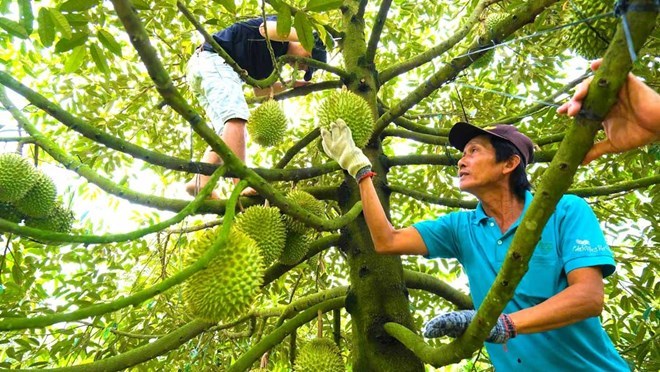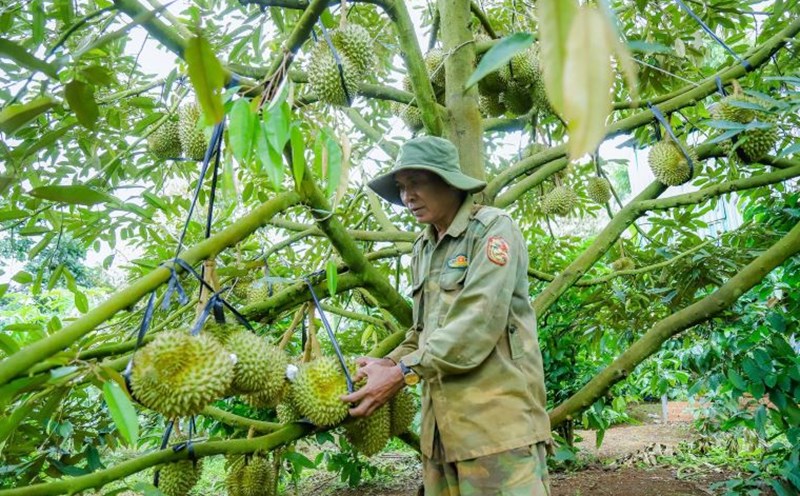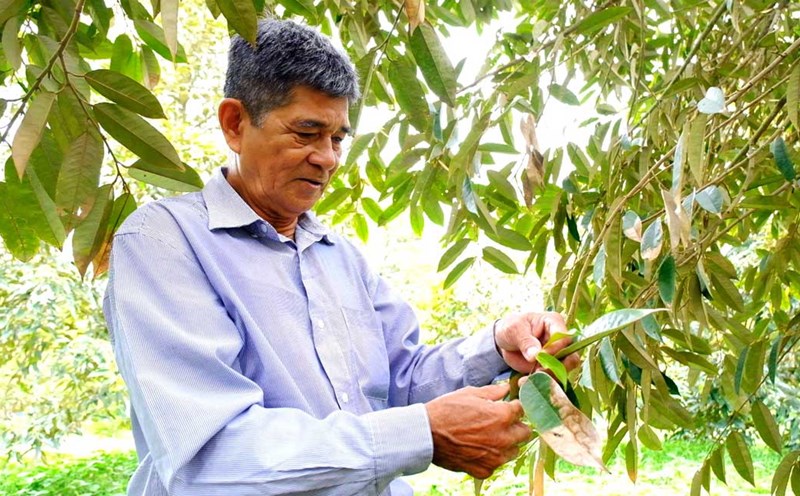Accordingly, this process applies to the entire production chain of fresh durian from cultivation, harvesting, transportation, storage, packaging and export.
For growing areas and growing facilities, the requirement is to meet the conditions for ensuring food safety, be granted a growing area code and fully comply with regulations on traceability. Facilities are inspected for food hygiene and safety with a frequency of no more than once a year for facilities that have been granted one of the certificates such as GAP, ISO 22000. cultivation facilities must also sign a commitment to produce and trade safe food.

Durian packaging facilities for export are also required to be assessed, certified of food safety requirements, granted codes and meet requirements for traceability, recovery, and handling of unsafe products. Traders must register for the food business, trace the origin, recall and process fresh durian products that do not ensure safety.
In addition to clearly defining the responsibilities and conditions for each link in the chain, the new process also sets requirements for testing facilities. Accordingly, testing facilities will organize sample collection and testing of food safety indicators according to the requirements of competent authorities, to serve the inspection and issuance of state certificates of food safety for shipments in case of requirements from competent authorities of the import market.
For fresh durian products for export, in addition to meeting domestic regulations, the product must also fully comply with labeling regulations, meeting the prescribed heavy metal surplus target, pesticide surplus target and relevant regulations on the list of targets and food safety limits for durian products of the corresponding imported market.
The Ministry of Agriculture and Environment also assigned specific tasks to the Department of Quality, Processing and Market Development, the Department of Crop Production and Plant Protection and the Departments of Agriculture and Environment of provinces and cities on professional training, updating market requirements, guiding inspection and dissemination of new standards.











